Mount Kilimanjaro Elevation
Standing majestically with its snow-covered peak, Mount Kilimanjaro reaches an impressive elevation of 5,895 meters (19,341 feet) above sea level. This Mount Kilimanjaro Elevation is more than just a statistic. Instead, it's a significant aspect that shapes the experiences of every climber.
When considering Mount Kilimanjaro Climbing, it's essential to understand how the elevation influences each ascent step. For both experienced mountaineers and first-time climbers, understanding this elevation is pivotal for a safe and rewarding journey up the mountain.
Mount Kilimanjaro Elevation
Altitudes of Kilimanjaro's Three Cones
An interesting fact about Mount Kilimanjaro is that it is not just a singular entity. This majestic mountain comprises three distinct volcanic cones: Kibo, Mawenzi, and Shira. Here's a quick look at each:
Highest Peak (Kibo)
- Kibo Peak, topped by the renowned Uhuru Peak, stands as Kilimanjaro's tallest peak at 5,895 meters (19,340 feet).
- This is where most people aim to reach when they talk about the Mount Kilimanjaro Elevation.
- Inside Kibo, there is a crater area where you can see glaciers and a place called the Ash Pit.
- There's also a big wall called the Barranco Wall at the southern slope of Kibo that climbers pass by. The view from the top of this wall is impressive.
Mawenzi Peak
- Mawenzi is the second peak and is 5,148 meters (16,893 feet) high.
- You'll get a great view from Mawenzi Camp if you climb the Rongai Route Kilimanjaro.
- But most climbers don't go to the top of Mawenzi. It's very steep and needs special skills and permission from the Kilimanjaro National Park Authority to climb.
Shira Peak
- Shira used to be the third volcanic cone of Kilimanjaro, but an eruption changed its shape.
- Now, it's a flat area called the Lemosho Glades. It's a beautiful place people see when they take the Lemosho or Northern routes.
Want to See These Peaks Up Close? Check out our Kilimanjaro Climbing Packages. Climb Mount Kilimanjaro and see these panoramic peaks for yourself.
Mount Kilimanjaro Elevation
Kilimanjaro Elevation Gain
Climbing Mount Kilimanjaro involves going up to higher places every day. Although the mountain is 5,895 meters (or about 19,340 feet) tall, you won't start from sea level.
The whole area around Kilimanjaro is already pretty high up on the highlands. For example, the closest big town, Moshi, is 800 meters (around 2,600 feet) above sea level. And the starting points for most trails are even higher than that.
So, when you Climb Kilimanjaro, you won't be going all the way up 5,895 meters from the bottom. But when you reach the top, which is called Uhuru Peak, that's where you'll be at that super high 5,895-meter elevation.
With every step taken, climbers conquer altitude and personal boundaries to reach the Roof of Africa. Prepare thoroughly, respect the mountain's grandeur, and let your spirit soar with each ascending footstep.
Base Camps and Starting Points
In the previous section, we have already established that while Mount Kilimanjaro Elevation stands at 5895 meters (19,341 ft), your climb will not begin at sea level.
This also means that, depending on your chosen route, you will already have a head start in your ascent. But don't be fooled into thinking that starting higher makes it easier; acclimatization is critical to summit success.
At African Scenic Safaris, we offer climbs via four incredible Kilimanjaro Climbing Routes. They are the Northern Circuit Route, Lemosho, Rongai, and Machame.
A clear understanding of Mount Kilimanjaro Elevation Gain for each route would help you prepare for the climb physically and mentally.
Londorossi Gate – Your Gateway to Lemosho and Northern Circuit Routes
- Elevation: 2360 meters (7740 feet)
- Actual Starting Point: Actually, most treks start at Lemosho Glades at 3,500 meters (11,500 feet)
- Total Elevation Gain: Approximately 2,395 meters (7,840 feet)
Machame Gate – The Starting Point for Machame Route Adventures
- Elevation: 1740 meters (5720 feet)
- Total Elevation Gain: Approximately 4,155 meters (13,620 feet)
Nalemuru Gate – The Rongai Route's Beginnings
- Elevation: 1,950 meters (6,400 feet)
- Total Elevation Gain: Roughly 3,945 meters (12,940 feet)
Remember, the Kilimanjaro Climbing Route you choose should align with your preferences and abilities. For a greater chance of reaching Uhuru Peak, the highest point on Mount Kilimanjaro, consider longer itineraries with 7 or 8 days.
Our statistics show that these treks have a higher rate of success. If you'd like more information about our Kilimanjaro Routes Success Rates and route options, don't hesitate to contact our knowledgeable consultants.
Comparison of Kilimanjaro's Elevation with Other Famous Mountains
Seven Summits represent the tallest peaks on each of the seven continents. This list includes Asia's Mt. Everest, Africa's Mt. Kilimanjaro, Europe's Mt. Elbrus, North America's Mt. Denali, South America's Mt. Aconcagua, Antarctica's Vinson Massif, and Oceania/Australia's Carstensz Pyramid.
Among these, Mt. Kilimanjaro holds the fourth position in terms of height. It's nestled between Mt. Elbrus, which stands at 5,642 meters (18,510 feet), and Mt. Denali, with an elevation of 6,194 meters (20,322 feet). While there are taller mountains, Kilimanjaro remains a symbol of majestic beauty on our planet.
| Summit |
Height (m) |
Height (ft) |
Country |
Continent |
| Mount Everest |
8,848 |
29,029 |
Nepal/China |
Asia |
| Aconcagua |
6,962 |
22,841 |
Argentina |
South America |
| Denali (Mount McKinley) |
6,190 |
20,310 |
United States |
North America |
| Kilimanjaro |
5,895 |
19,341 |
Tanzania |
Africa |
| Elbrus |
5,642 |
18,510 |
Russia |
Europe |
| Vinson Massif |
4,892 |
16,050 |
Antarctica |
Antarctica |
| Puncak Jaya (Carstensz Pyramid) |
4,884 |
16,024 |
Indonesia |
Oceania |
Tips and Impact of Kilimanjaro Elevation Gain
Tackling the Elevation Of Mount Kilimanjaro is not a casual thing. While many achieve the summit, altitude sickness, also known as Acute Mountain Sickness (AMS), is a potential concern. This condition arises when climbers ascend rapidly without giving their bodies adequate time to adjust.
When you choose experienced trekking teams, they prioritize your safety and well-being. They adopt strategies like:
- Gradual climbing to allow proper acclimatization.
- Monitoring climbers' oxygen levels and heart rates daily.
- Ensuring elevation gains are limited to 700 meters per day.
Moreover, longer Kilimanjaro Routes, like the Lemosho route, provide a more gradual climb, enhancing acclimatization opportunities. Thus, we can say that with the right approach and patience, reaching the peak of Kilimanjaro becomes an achievable dream.
Some Tips For Successful Elevation Gain
Here are some guidelines to enhance your chances of successfully scaling Mount Kilimanjaro:
- Begin your fitness regimen well in advance, emphasizing endurance, strength, and cardiovascular training.
- Mentally prepare by visualizing your triumphant moments on the summit.
- Ensure you have the appropriate gear for the trek. Download our Kilimanjaro Packing List for the best possible assistance.
- Stay consistently hydrated throughout the journey.
Climb Kilimanjaro With Us
Get ready for a mountain adventure with real advice, smiling guides, and simple help that actually works. We’re with you from start to summit.
Concluding Thoughts on Kilimanjaro's Elevation
Understanding Mount Kilimanjaro Elevation is vital for a successful climb. The mountain's varying heights present unique challenges, making knowledge and preparation key.
With African Scenic Safaris, you're in capable hands. Our experienced guides are adept at navigating Kilimanjaro's diverse elevations, ensuring your safety and enhancing your chances of a triumphant ascent.
Trust in our expertise for a memorable and safe Mount Kilimanjaro Climbing experience.
Explore Kilimanjaro Travel Guide
Find essential topics below to help you plan, prepare, and enjoy your Kilimanjaro travel experience fully.
Frequently Asked Questions
The highest peak of Mount Kilimanjaro is the Uhuru Peak, which stands majestically at 5,895 meters (19,341 feet) above sea level. It's the ultimate destination for climbers and offers breathtaking panoramic views of the African plains below.
The Elevation Gains On Mount Kilimanjaro vary depending on the route chosen. Typically, climbers start from a base elevation point, which is already elevated due to the mountain's highland surroundings.
From there, daily ascents can range from 300 to over 1,000 meters. The goal is to ascend gradually, allowing climbers to acclimatize to the increasing altitudes.
The lowest elevation gain on Kilimanjaro would be on the first day of most routes, where climbers transition from the base to the first camp.
This gain can be as modest as 300 meters, depending on the specific Kilimanjaro Route. The idea behind smaller elevation gains, especially at the start, is to allow climbers to adjust to the altitude gradually.
Understanding Mount Kilimanjaro Elevation is crucial because it helps climbers prepare for the challenges they might face during the ascent.
The elevation determines the oxygen levels, temperature variations, and potential health risks like altitude sickness.
By being aware of the elevation changes and their effects, climbers can train effectively, pack the right gear, and take necessary precautions to ensure a safe and successful climb.
Preparing for Kilimanjaro's elevation gain involves both physical and mental readiness:
- Physical Preparation - Begin training several months in advance. Focus on cardiovascular exercises, strength training, and endurance-building activities like hiking or long walks.
- Acclimatization - Spend time at higher altitudes if possible. This helps your body get used to reduced oxygen levels.
- Mental Preparation - Understand the challenges of altitude and be prepared for symptoms of altitude sickness. Visualization and positive thinking can also be beneficial.
- Equipment - If a doctor recommends, ensure you have the right gear, including altitude sickness medications.
The elevation of Kilimanjaro can have several impacts on climbers:
- As climbers ascend, the reduced oxygen levels can lead to altitude sickness symptoms like headaches, nausea, dizziness, and fatigue.
- The body works harder at higher altitudes, leading to quicker exhaustion.
- The body can dehydrate faster at higher altitudes, so drinking plenty of water is crucial.
- As the elevation increases, temperatures can drop significantly, requiring climbers to be prepared for cold conditions.
Understanding these impacts and being prepared can make the difference between a successful Kilimanjaro Climb and having to turn back.
Simbo Natai, founder of African Scenic Safaris, crafts sustainable, meaningful Tanzanian journeys rooted in his deep local knowledge and passion.
Director









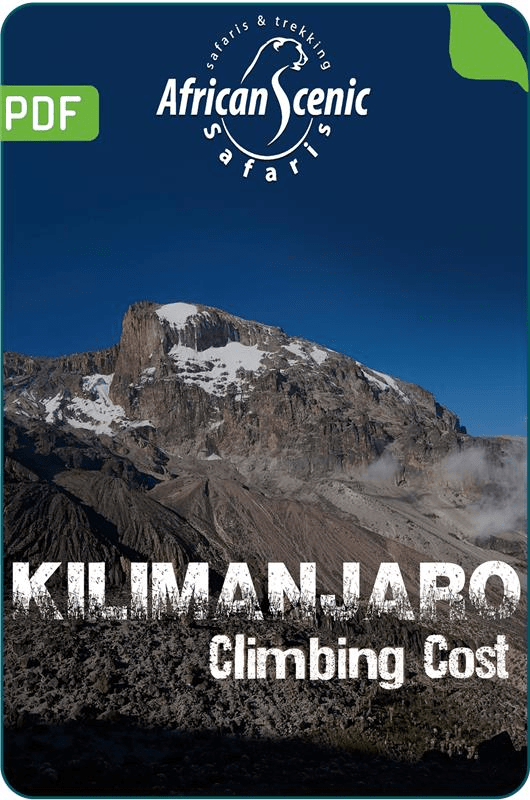











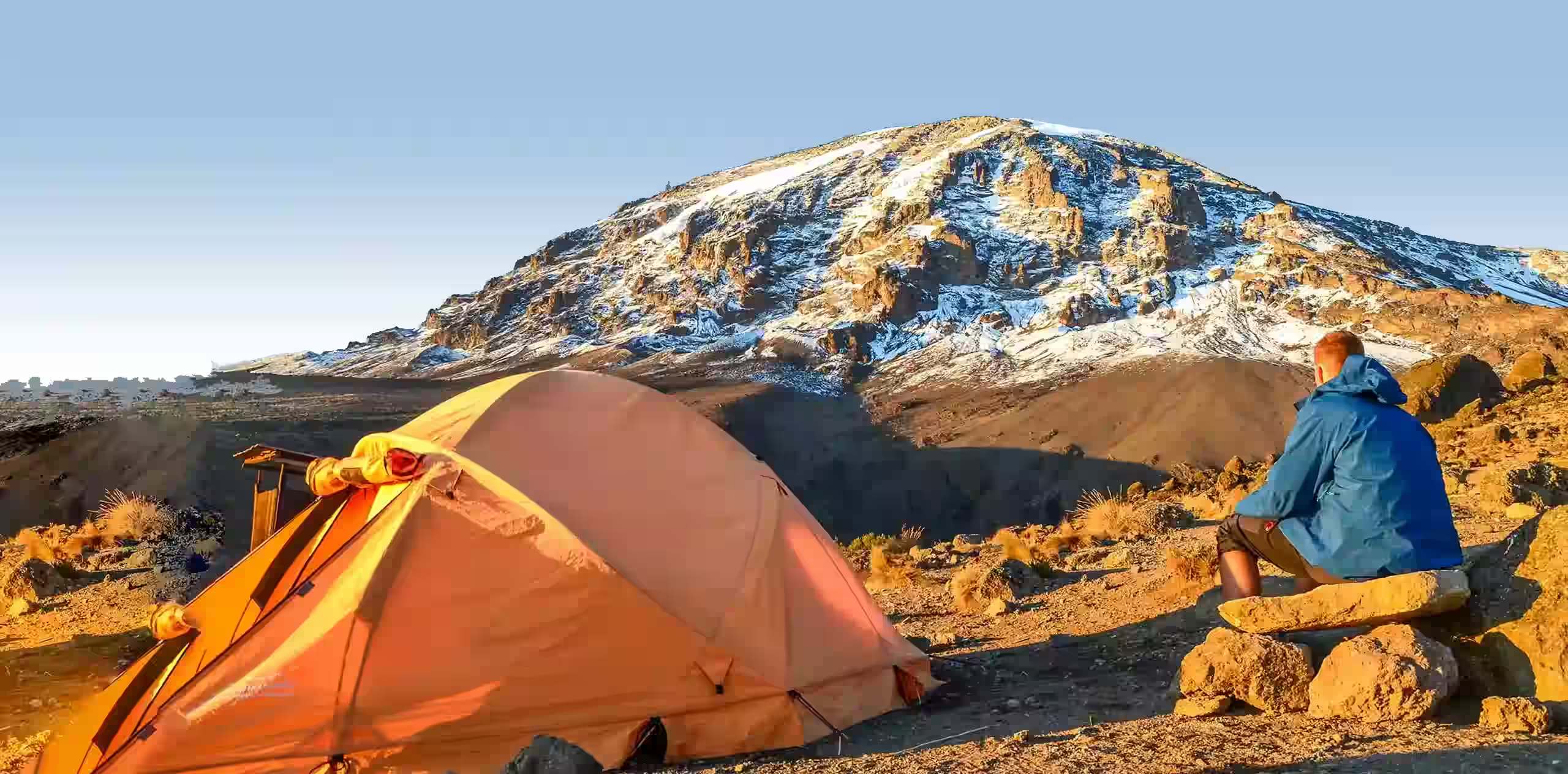
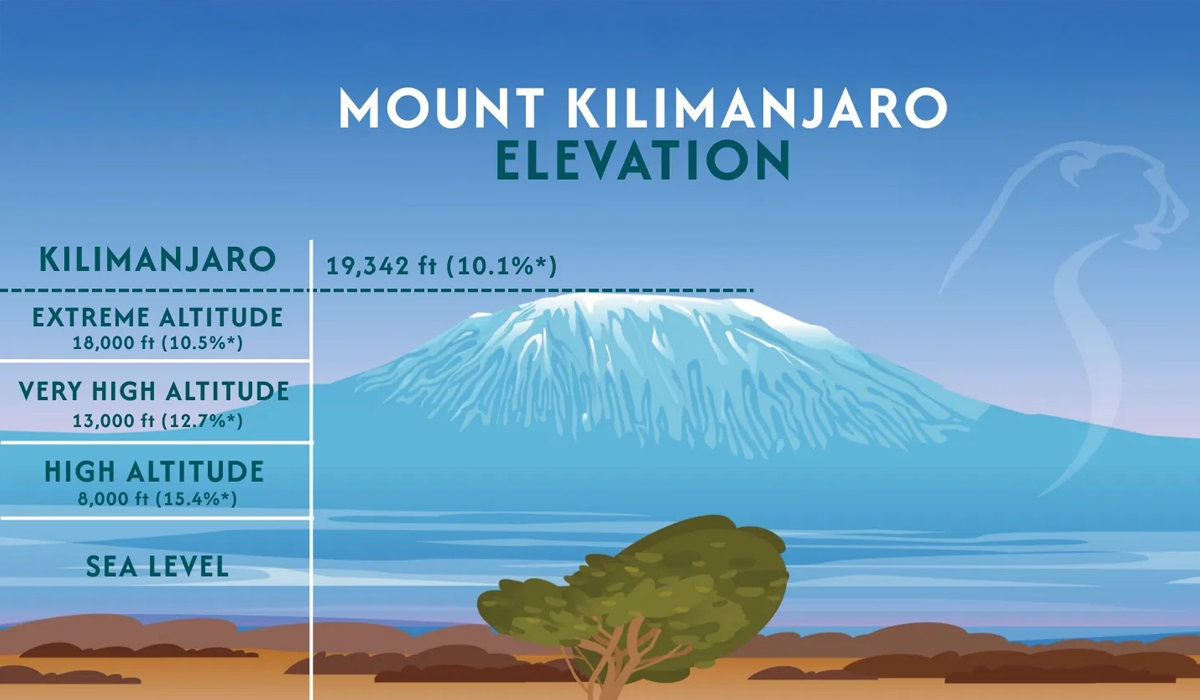
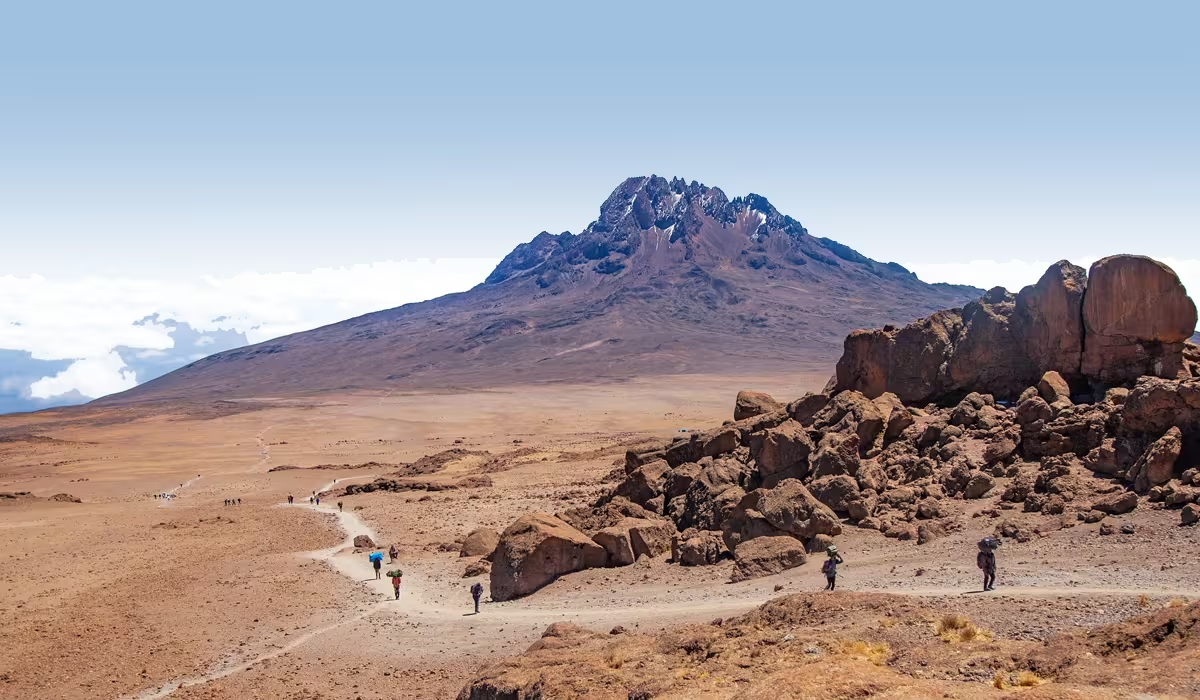


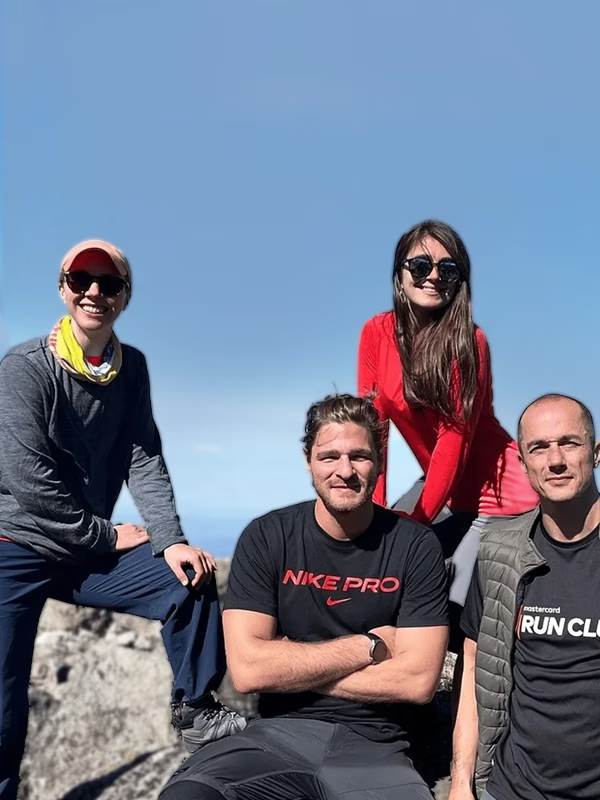
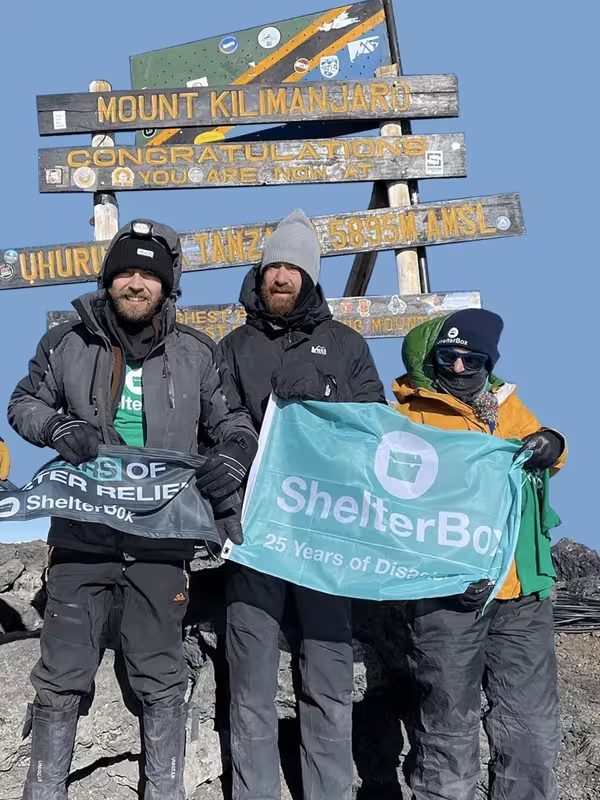
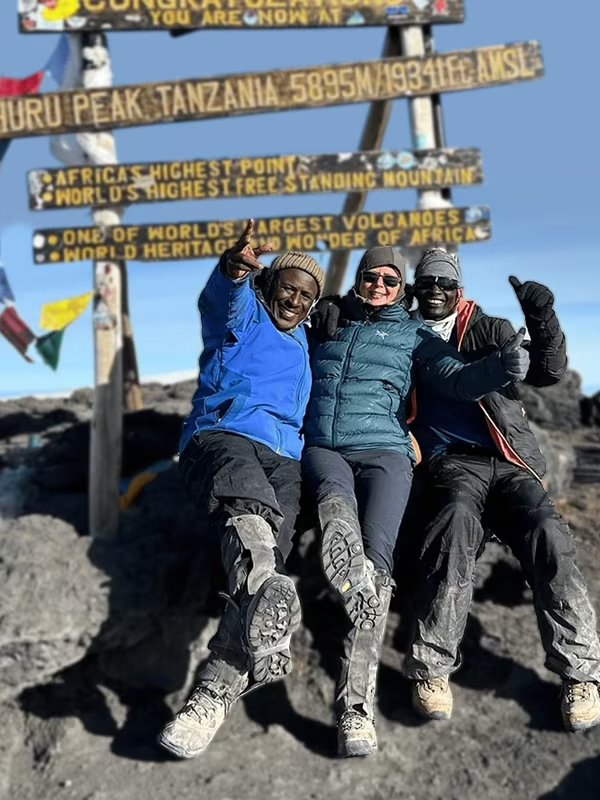


 African Scenic Safaris #1 on TripAdvisor
African Scenic Safaris #1 on TripAdvisor 




